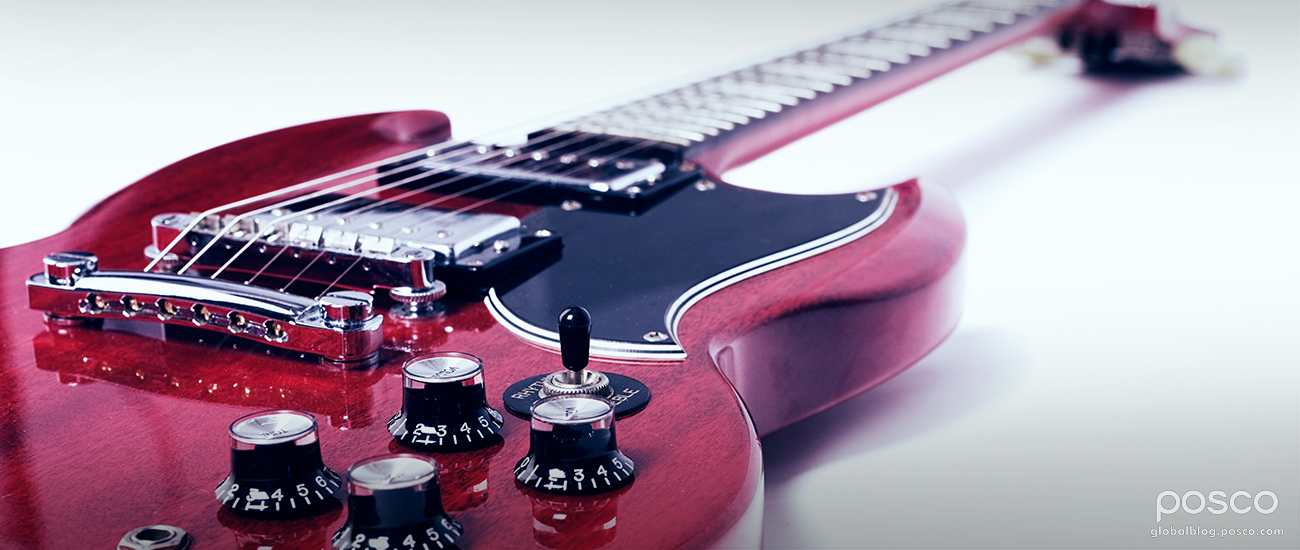String instruments have been gracing societies with their beautiful sounds for centuries. Most of these instruments produce sounds by the vibrations created from the musician plucking, striking or rubbing the strings.
The guitar, arguably the world’s favorite instrument, is also a stringed instrument that uses these mechanisms. Before the guitar developed into the beloved instrument that we now know though, it went through various transformations from different countries from the world, throughout the centuries.
A Strum through History
The sound of a string instrument is instantly recognizable. Having been played and enjoyed throughout history, strings have made some major influences on the evolution of music. Resemblances of the modern guitar for instance, have first been placed in the third millennium B.C. The tanbur, a four-stringed ancestor of the guitar, made its way through Mesopotamia and the Middle East, being adopted and slightly altered to fit different regions’ tastes in sound.

Moving into the Renaissance era, the lute, a pear-shaped and more advanced rendition of the tanbur, had a short neck and more strings. The lute’s influence on the Renaissance art movement is depicted in several paintings and stories, and is characterized as an essential element to that era’s social scene.
In the 17th century, the Baroque guitar took center stage. At this time, the guitar was steering away from using animal gut as strings because the stress placed on the organic strings was causing the instrument to break down more frequently.
With the increasing popularity of the guitar came the need for a more durable construction. By the 1850s, steel-stringed guitars have become more widely used for their sturdiness alongside nylon stringed guitars.
The development of steel-string guitars can be credited to Christian Frederich Martin, a German guitar maker who apprenticed under the most renowned guitar artisans of his time. Predicting a change in the taste of music, Martin set sail for America where he opened up a guitar shop in Pennsylvania. By the 1920s, Martin’s steel-string guitars were in every guitar player’s hands, further developing the sounds that would continue to shape modern music.
While the United States was going through a music transformation like this, musicians were demanding louder, higher-quality instruments that could keep pace with the generation’s upbeat music.
Shaping Modern Music with Steel
As styles of music progressed to louder, faster beats, so did guitars that needed to be heard in larger venues. Even with steel strings, the basic acoustic guitar could no longer appease musicians who were experiencing a boom in popularity.

By the 1930s, the guitar received an electric upgrade. With the ability to be plugged into speakers in amplifiers, guitar musicians could once again compete with the loud sounds of brass instruments. By the 1950s and 60s, the electric guitar had become a pivotal instrument in rock and pop music, forever being immortalized by legends like Jimi Hendrix and The Beatles.
There are now several different materials that electric guitars use for their strings. Besides the well-known steel, there are strings made of cobalt and nickel, each delivering a unique tone to the emitted sound. The acoustic guitar however, still largely uses steel for its crisp and unforgettable sound.
This is because steel strings produce louder, sharper sounds that have more twang, making steel-string guitars the perfect choice for rocking out and creating a high-energy atmosphere. Another reason is that the steel string is much more resistant to heat than its nylon counterpart. Less heat and tighter winding equate to less maintenance and tuning required.
Capturing Hearts and Imaginations with Steel-String Guitars
It is almost impossible not to enjoy and appreciate legendary acoustic axeman like Robert Johnson, Michael Hedges and Django Reinhardt harmonically slap and fret their way through entrancing rifts.

Through completely different genres ranging from classical, flamenco, jazz and rock to many others, the steel-string guitar remains the top-choice to play for the best musicians. When you turn the radio on or listen to your favorite band, you will most certainly be hearing steel-string guitars.
Steel strings can also be found on other string instruments with varying sounds and uses for specific genres of music, like the ukulele, violin, harpsichord and bass. Steel strings will continue to be used for acoustic instruments for a long time until a better, stronger material that emits a cleaner, louder sound gets discovered.
